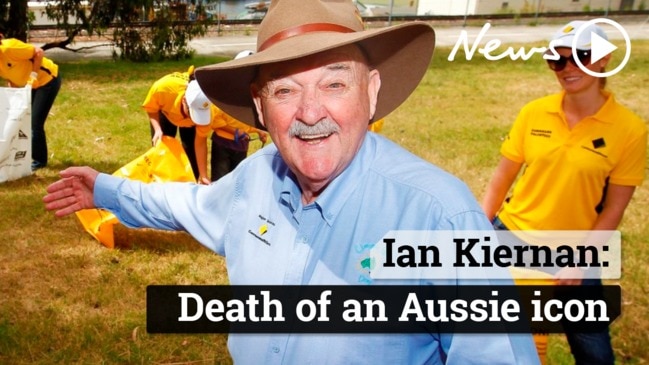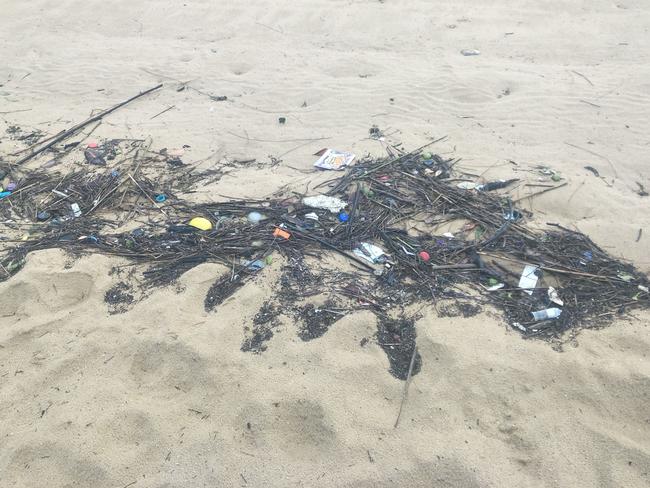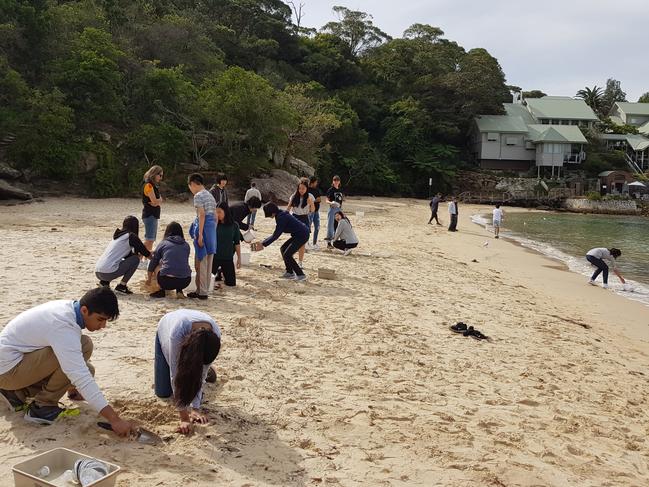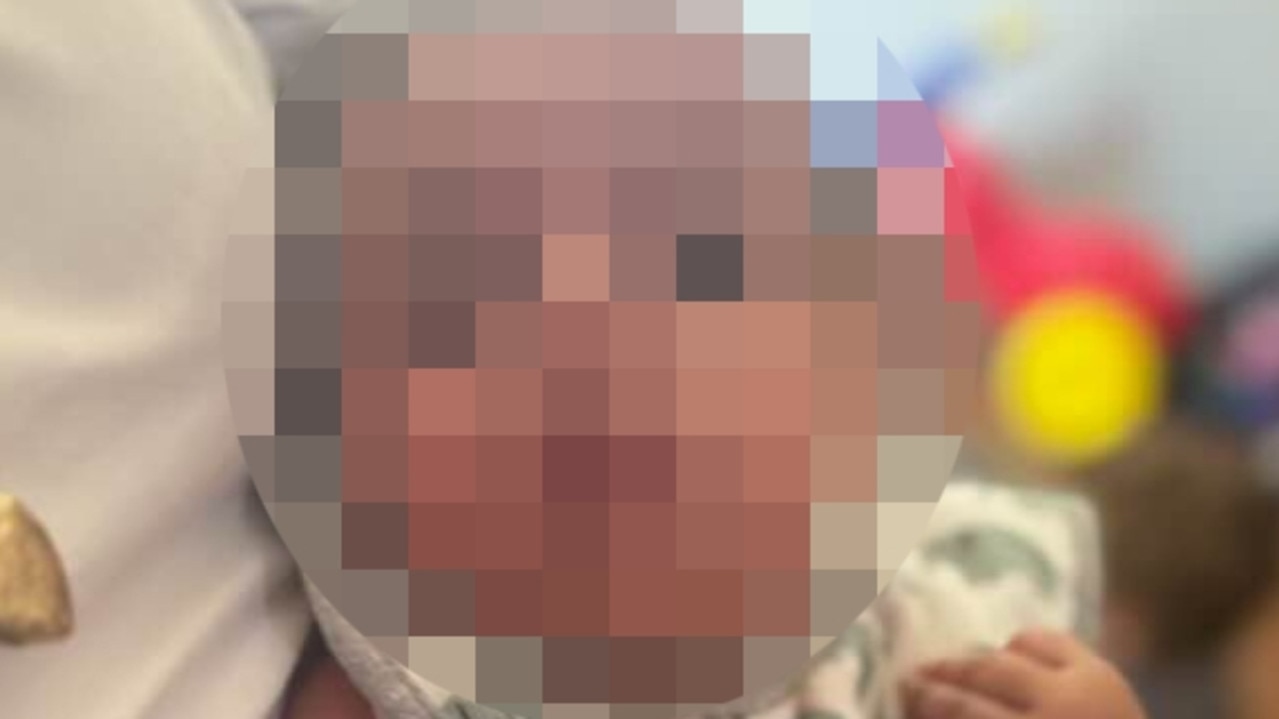Sydney’s Athol Beach and Manly Cove most polluted by plastics
Some of Sydney’s most popular beaches are also some of the most polluted. The Sunday Telegraph can today reveal the amount of plastics littering the shorelines and water of 34 of Sydney’s beaches and waterways. INTERACTIVE: IS YOURS ON THE LIST

Some of Sydney’s most popular beaches are also some of the most polluted.
Athol Beach and Manly Cove in Sydney Harbour, ocean facing Newport Beach and Botany Bay’s Towra Point have the most elevated levels of microplastics in the city.
Results from the Australian Microplastic Assessment Project — obtained exclusively by The Sunday Telegraph — also reveal Simmo’s Beach at Macquarie Fields in Western Sydney is suffering because of our love affair with single-use plastic.
AUSMAP lead research scientist Dr Scott Wilson said the results are “concerning” as microplastics can enter the food chain.
“Some levels are extremely high and these results tell us that Sydney has a big problem with micro plastics,” Dr Wilson said.
“When those plastics are ingested, inhaled or taken through diet then we are getting potentially a whole lot of nasty chemicals that are highly toxic.”
Dr Wilson, from Macquarie University, said he would not feed his children fish caught in Sydney Harbour.
The ongoing study measures how many pieces of plastic between 1-5mm are found on Sydney shorelines.
Plastic never disappears but instead breaks down into smaller and smaller pieces.
When marine life can ingests microplastics they can absorb toxic chemicals like poly-aromatic hydrocarbons and organochlorine pesticides, as well as. metals like zinc, copper, lead and cadmium.
Athol Beach had 1628 pieces of micro plastic per square metre of beach, Manly Cove 1263, Towra Point 634 and Newport Beach 360.

BILLIONAIRE’S DAILY $50K FRUSTRATION WITH GLADYS
MINISTER REVEALS HOW YOU CAN GET A BIGGER BACKYARD
Scientists, helped by volunteers, looked at 34 beaches and shorelines. The city has well over 100 beaches.
“Consumers are using a lot of single use plastics these days, and we need to be mindful about
There are currently no scientific studies quantifying how much microplastic humans absorb when they eat seafood or what levels are detrimental.
However, Newcastle University’s Dr Thava Palanisami’s team is currently analysing data from seafood caught in Sydney and Newcastle. The results are expected later this year.
“We want to know how much humans are ingesting, whether it be one gram a day or one gram per week etc,” Dr Palanisami, from the Global Centre for Environmental Remediation, said.
The NSW Environment Protection Authority said there has been a 37 per cent reduction in the volume of litter, including plastics, since 2013-14.
An EPA spokesman said the state government has allocated $50 million over nine years to litter prevention.

“The EPA is also funding research investigating ways to reduce microplastics, including microfibres, reaching the marine environment,” the spokesman said.
“In addition the EPA is planning a marine littler campaign as an extension of the Tosser! campaign to raise awareness and highlight the impact litter, particularly plastic, has on our waterways.”
Wayne Cartner, who leads the maritime environmental services crew at RMS Rozelle, said he has seen almost everything in his 28 years on the water.
“We’ve pulled out everything from sofas, safes containing cash and guns, golf buggies and portable toilets,” Mr Cartner said.
“We also pick up a lot of plastic drink containers, straws, milk crates and plastic bags. “During the last weather event a few weeks back when there was 130mm of rain, we scooped up six dump trucks worth of rubbish in six days. That’s about 40 per cent more than usual.”
The main role of the four-vessel fleet is to clear obstructions for boats.
The crew managed to pick up 2000 cubic metres of rubbish in 2018, 200 cubic metres less than in 2017.

Maritime environmental services officer Jaime Darby said 13 years of picking up rubbish on the harbour has changed her attitude to plastics.
She has taught her kids the importance of recycling and minimising the use of single-use plastics.
“Thankfully there is a lot less rubbish out on the harbour than what there was when I started,” she said.
There was also one Coke bottle that she picked up in Athol Bay which stands out.
“When we found the bottle it had a note in it from a teenage girl to her parents,” Mrs Darby said.
“We were tearing up because she spoke about how much she loved them despite all the troubles they had.”
The girl’s note asked that if anyone found the note, that they send it to her parents.
“We posted it off to the address to somewhere in Newcastle, but haven’t heard anything since,” she said.
how we dispose of them. It ultimately comes down to choice of product,” Dr Wilson said.


